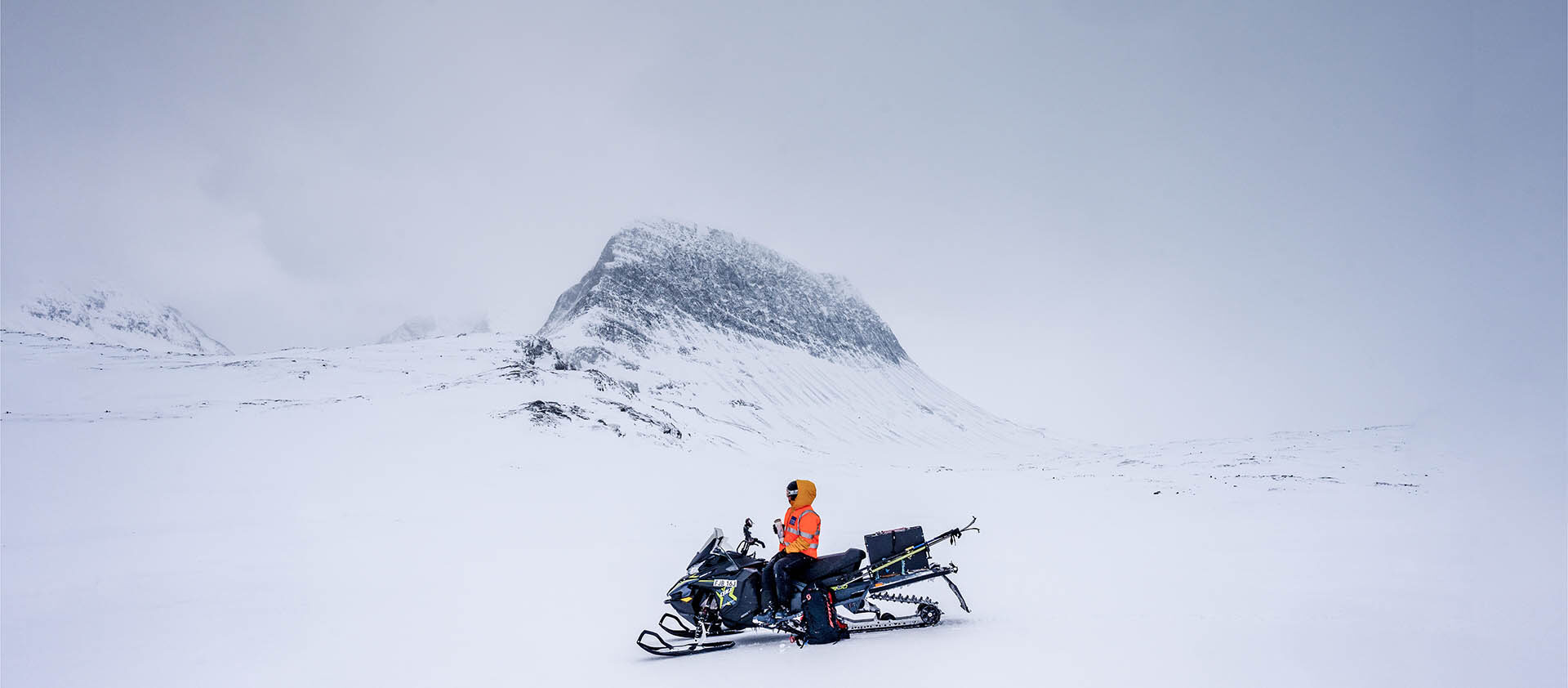
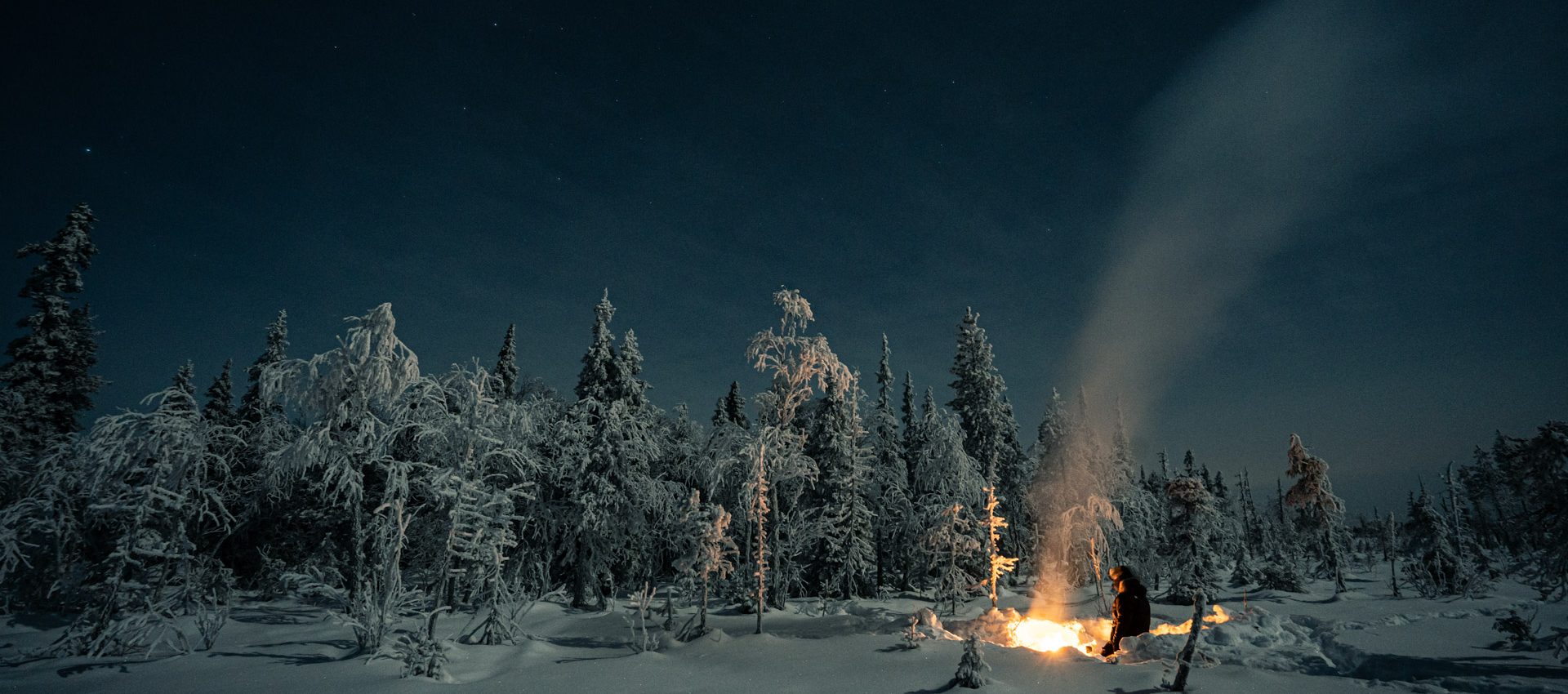
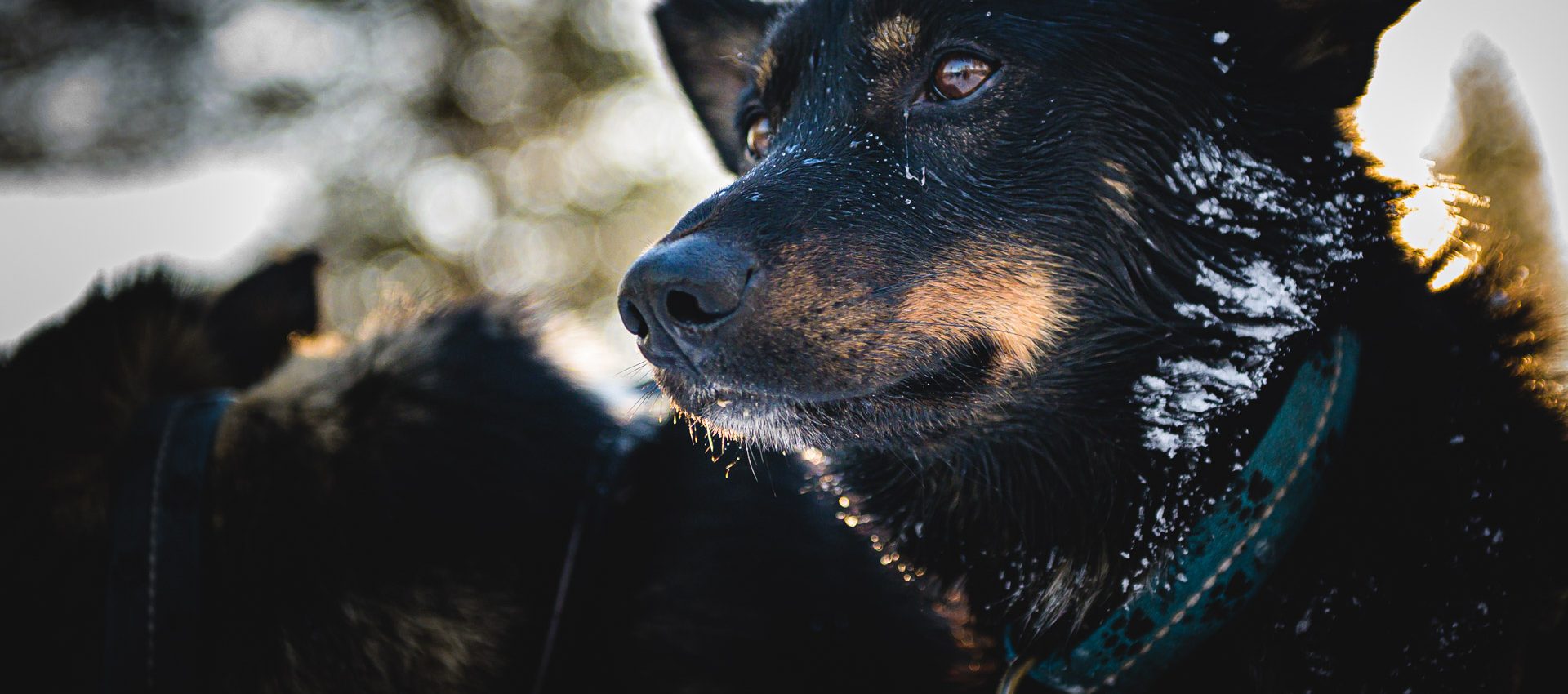
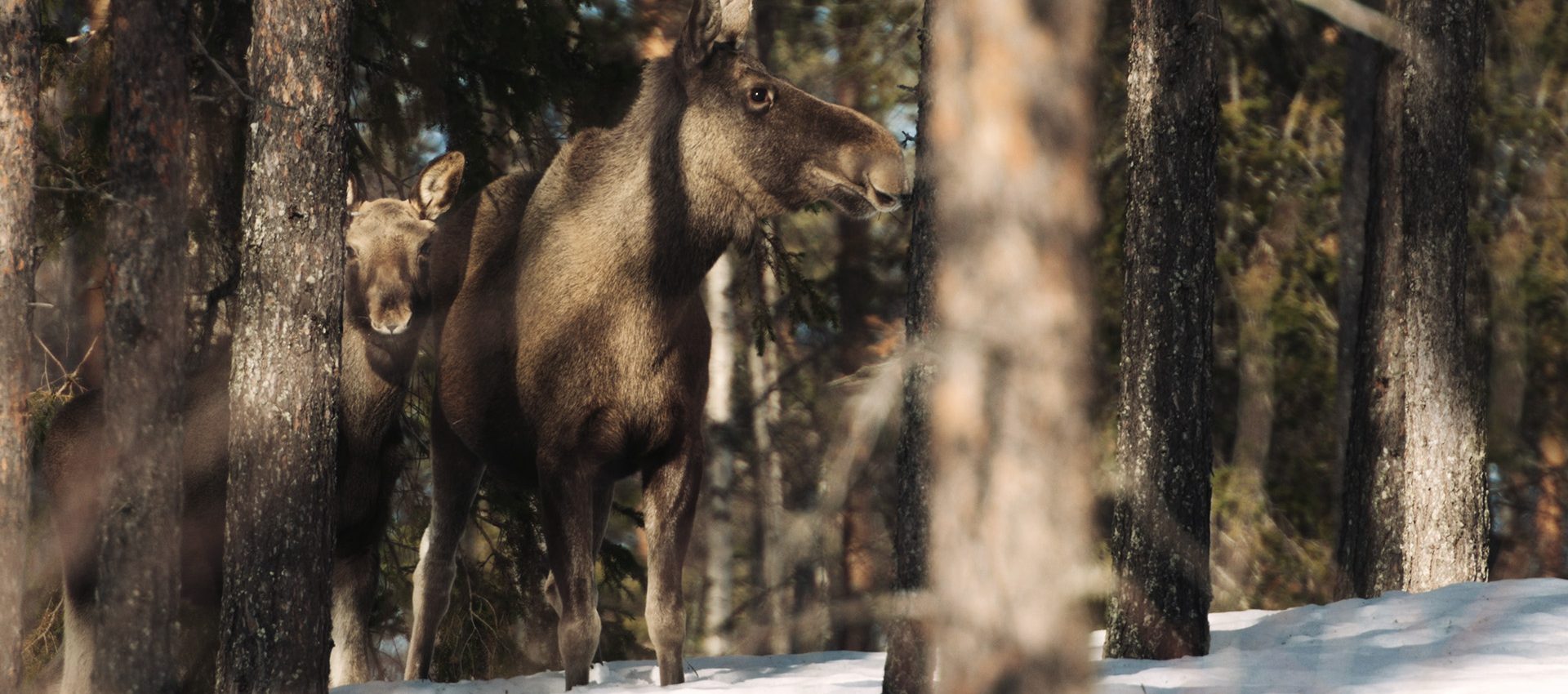
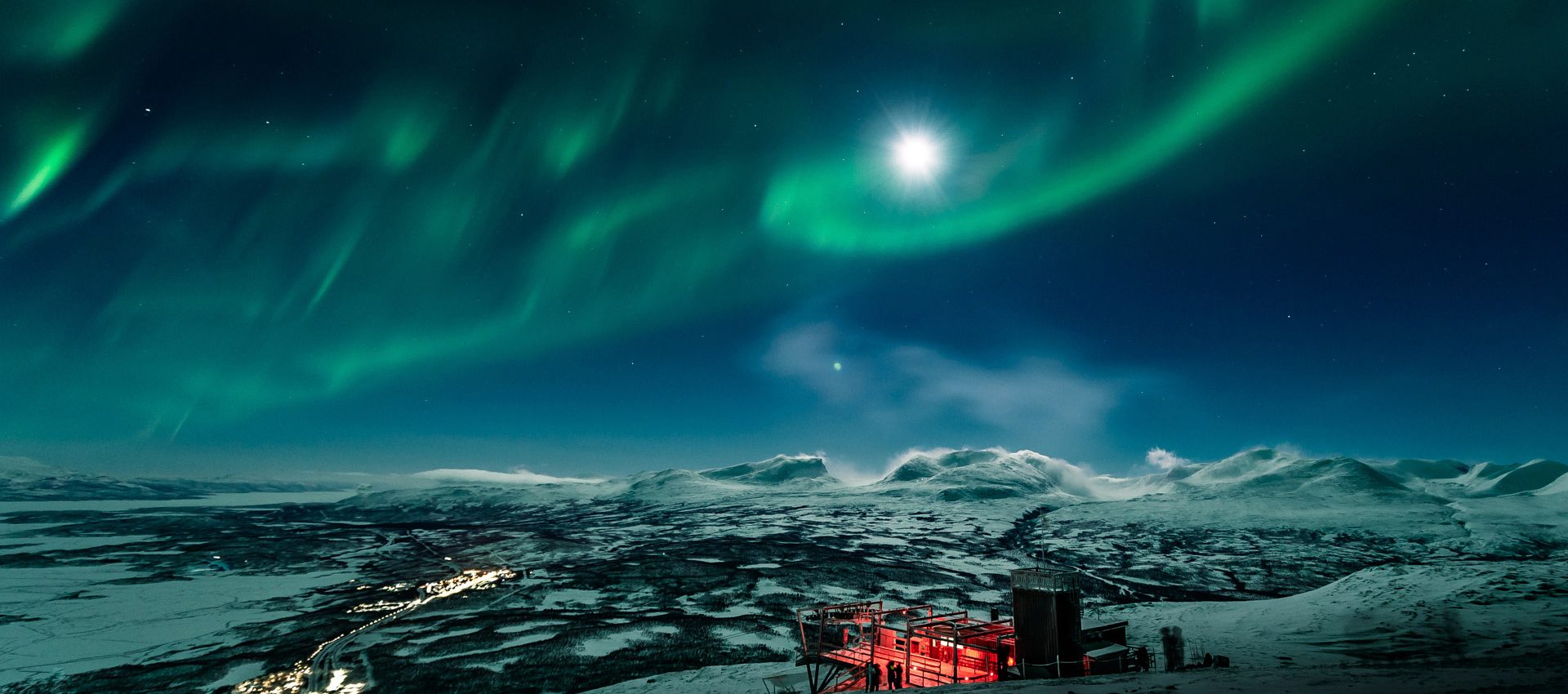
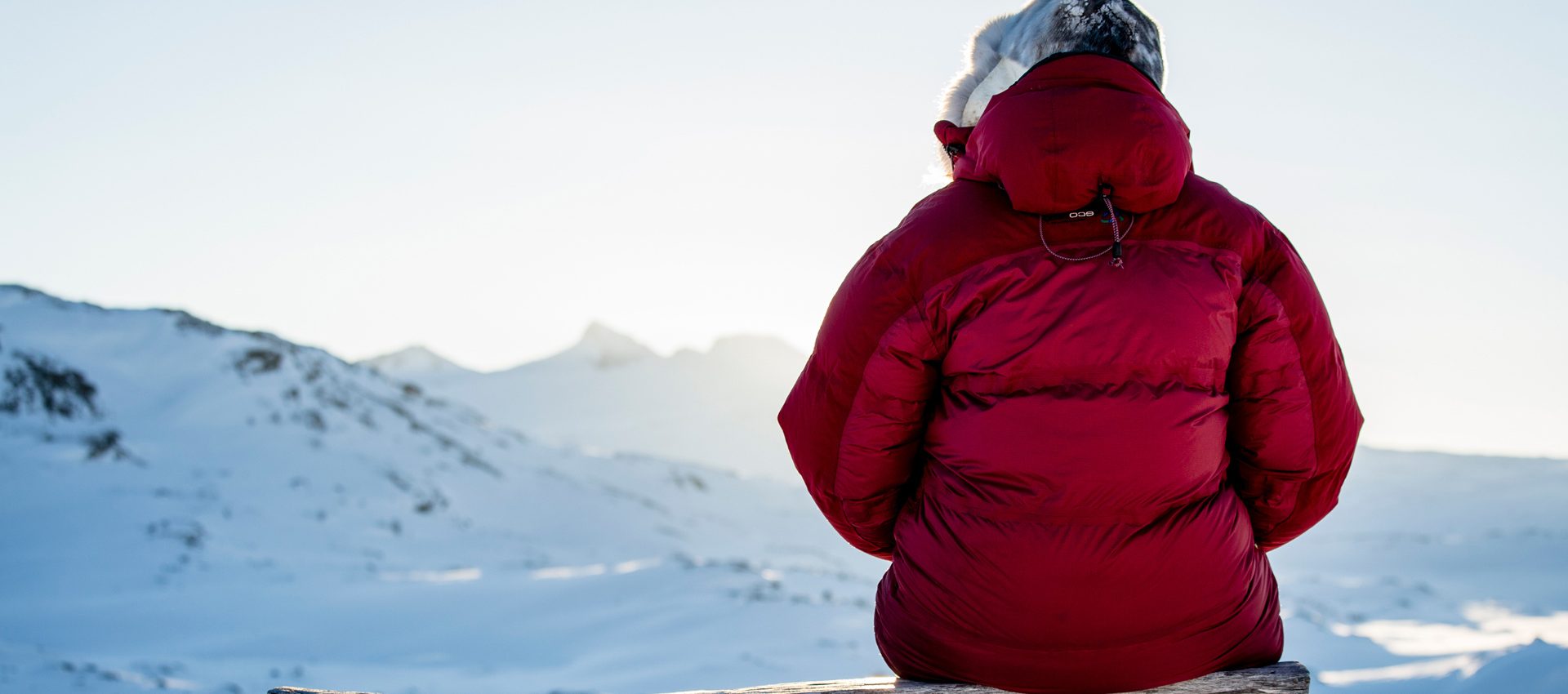
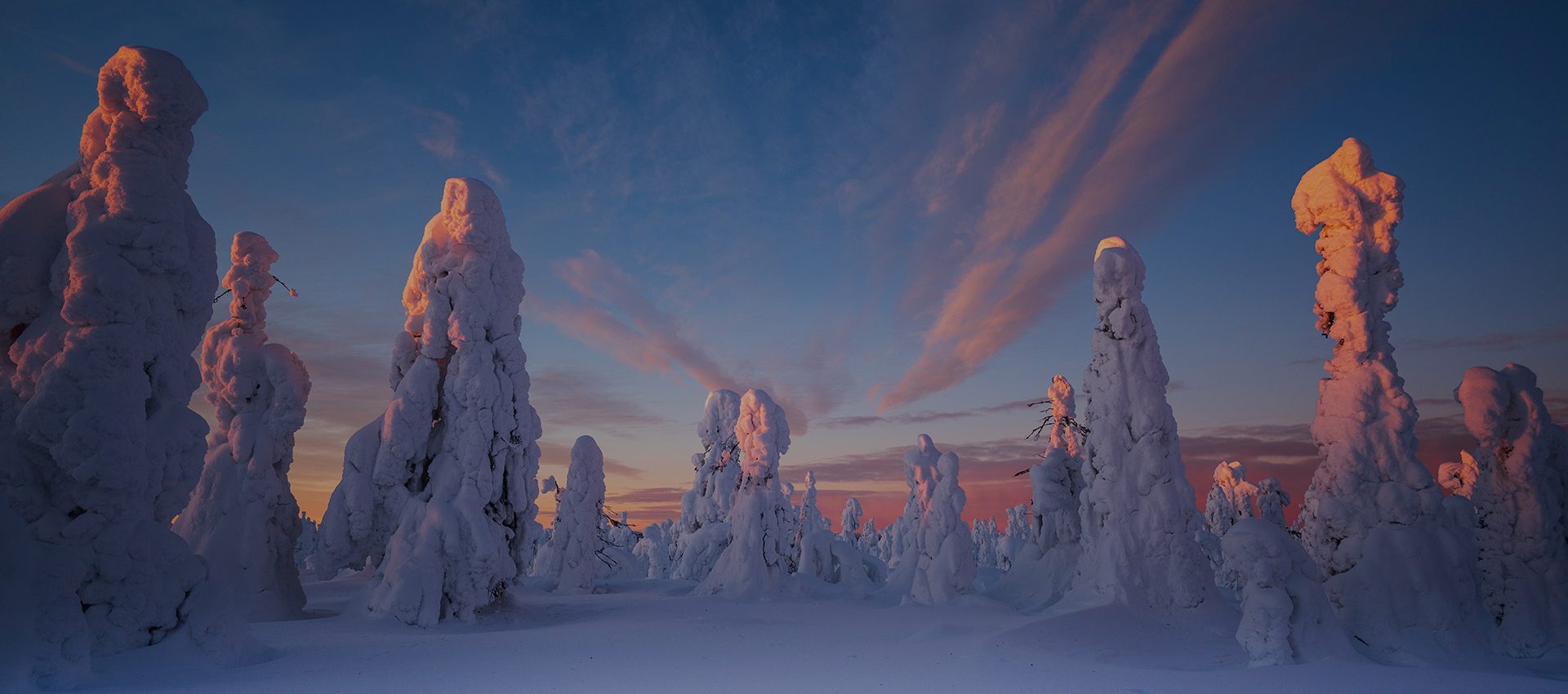
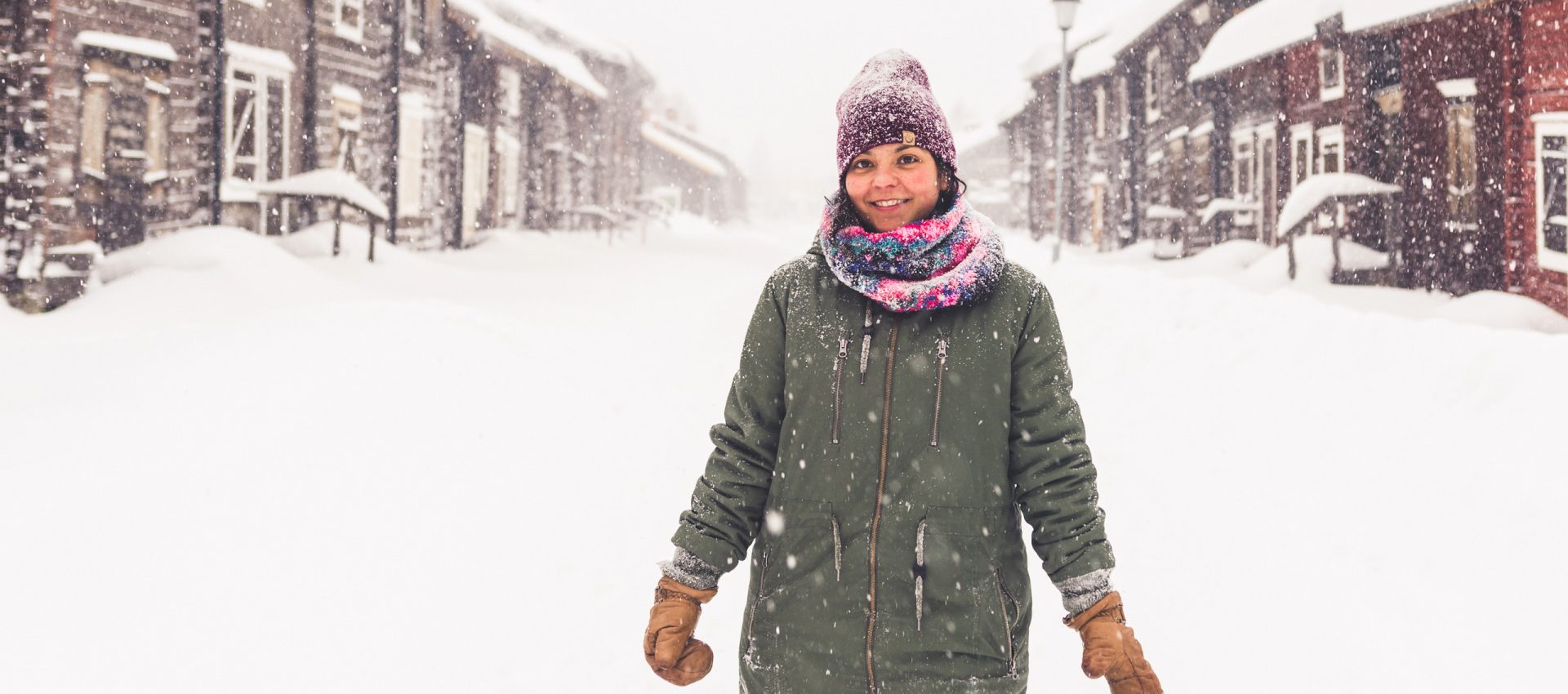
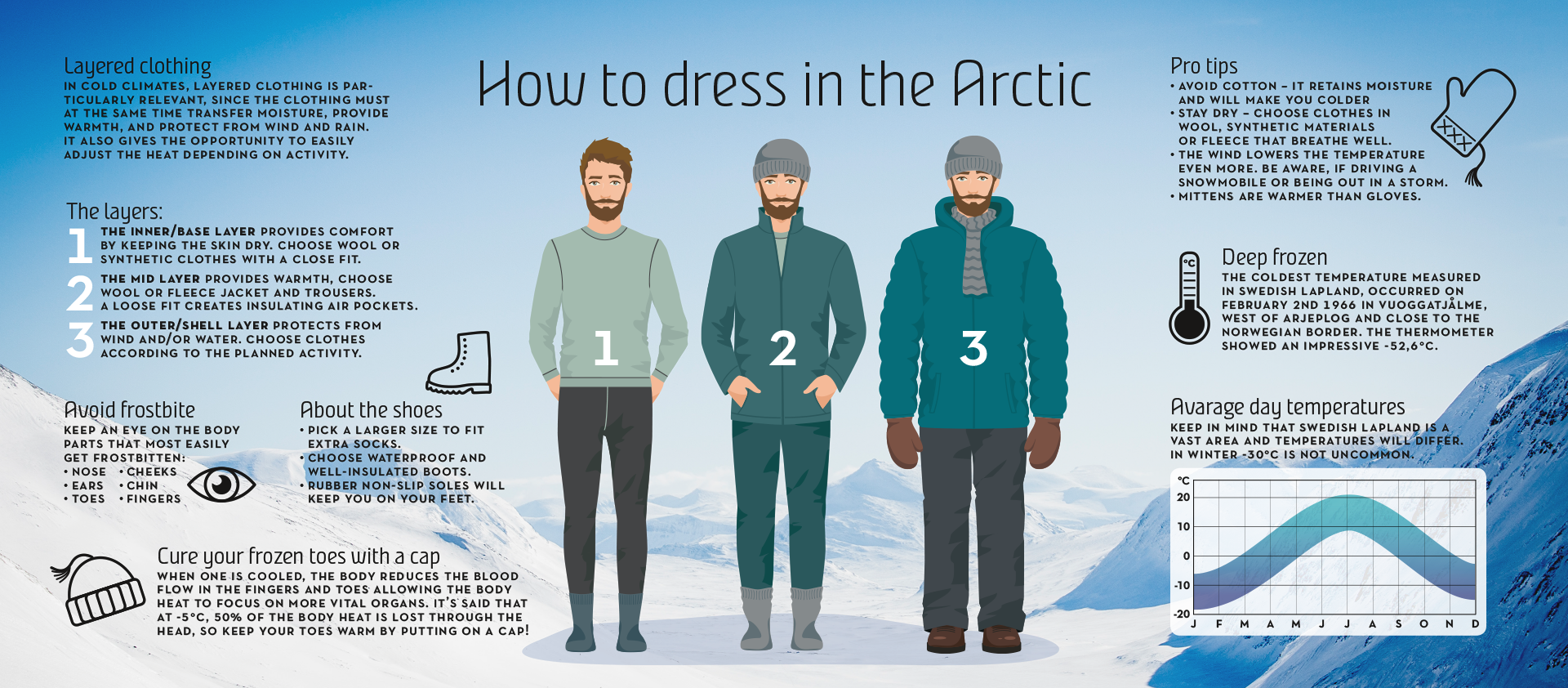
Are you travelling to Swedish Lapland this winter, and wonder how to dress for the cold climate? Check out this guide for dressing for winter in Swedish Lapland.
The temperatures in Swedish Lapland can vary quite a bit, depending on whether you’re visiting the coastal, forest or mountain area, that is if you’re in the far north or the far south of Swedish Lapland. But either way, you’re still within a sub-arctic climate zone so thinking through your wardrobe before leaving is a good thing, especially during the winter.
The first snow usually falls in October, sometimes as early September in the most northern parts of Swedish Lapland. And it usually stays put from November to April/May. For instance, at the Riksgränsen Ski Resort, it’s usually possible to ski until mid-June. While the coastal area has shorter winters and by mid-June, many have already launched their sailboats. So, here’s a pro tip: Check the weather report before packing your bag.
Now, here’s how to dress for the Swedish Lapland winter and the freezing temperatures.
The key to dressing for a cold climate is layering. You don’t want to have so many layers that you can’t move, so balance is essential. We recommend at least three layers for staying warm, yet maintaining functionality.
The base layer: Controls warmth and moisture
The base layer should be soft, comfortable – and breathable. It should wick away any perspiration, so your skin stays dry. If you ask anyone in Swedish Lapland, they’d probably say that (merino) wool is the way to go while cotton is a poor choice. A long sleeve top and long-johns along with a pair of thermal socks should do the trick. Add layers of socks to your liking and an extra pair is always good to have within reach in case your feet get wet.
The mid layer: To keep the heat in
The mid-layer is the insulating layer and should be designed to keep you warm, it’s optional and mostly for very cold conditions. A fleece jacket or a thick wool sweater are both good insulating layers. Thick warm pants of polyester or fleece will keep your lower body warm. The key is flexibility: adding or removing mid-layers quickly, pulling up or down a zipper or unbuttoning a collar without a hassle will make your life easier.
The outer layer: Protects you from the elements
To stay dry in a snowy climate, your outer layer should be water- and windproof. In Swedish Lapland, we often refer to our outer layers as ”täckisar” which refers to clothes stuffed with down feathers, or just plain warm and puffy. Even though nowadays they are made by other insulating, synthetic materials, warm and durable winter clothing is what you want.
We recommend at least two pairs of mittens in very cold conditions. Go by the same layering principle: first, an insulating layer and then a warm, waterproof layer. A decent winter hat that covers your ears and keeps your head warm and when you’ve adjusted your the number of layers of thermal socks, a pair of waterproof and well-insulated winter boots is the final piece of the puzzle.
Many organisers of winter activities in Swedish Lapland provide outer clothing to their guests, check out their web page or send a quick e-mail and ask. Usually, you can borrow a winter overall, winter boots and thick mittens.